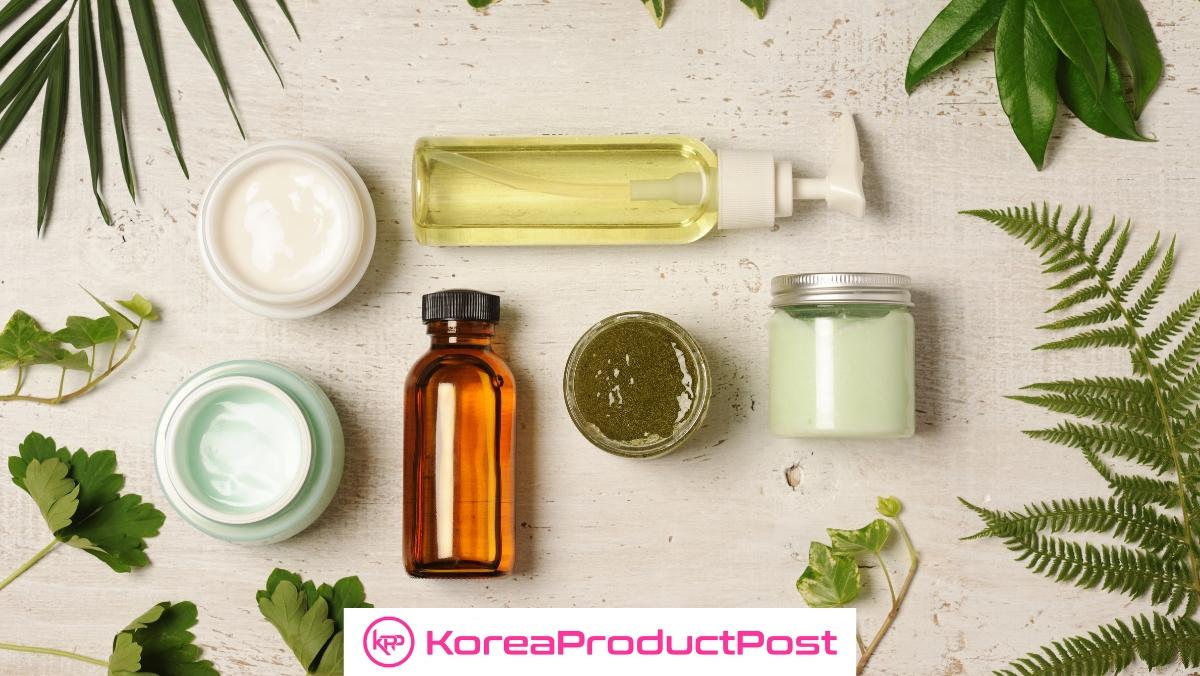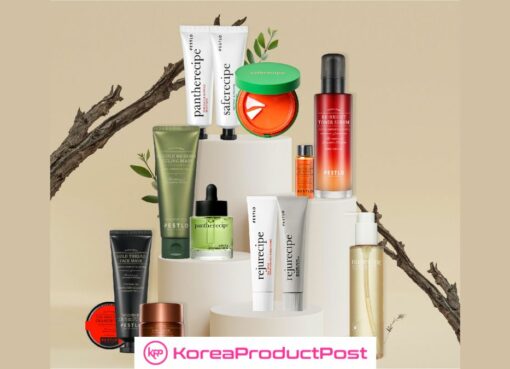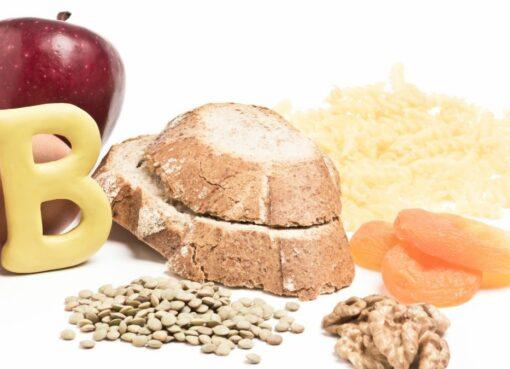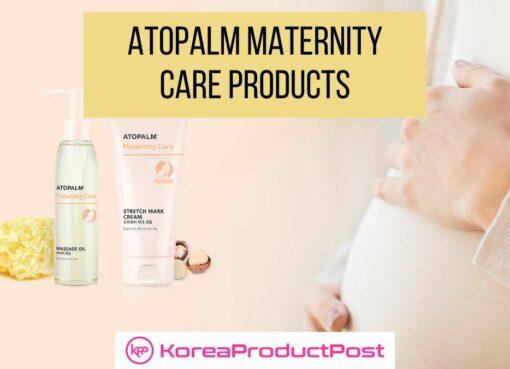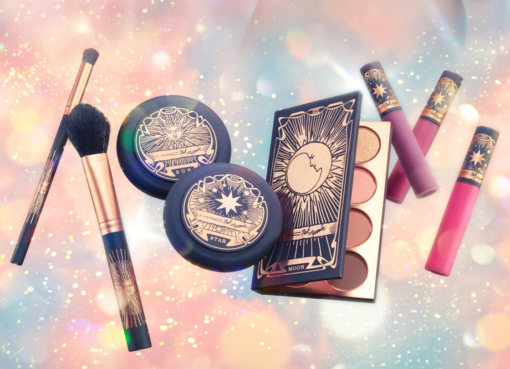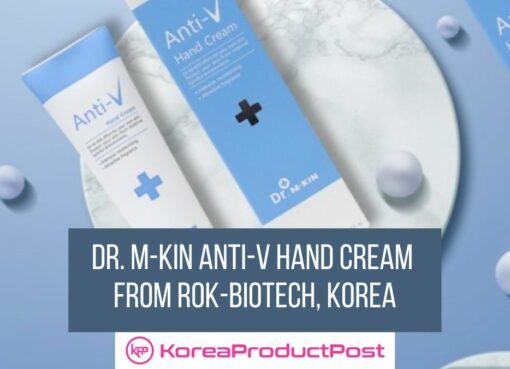Discover the secret to youthful skin with our guide on the best Korean anti-aging ingredients. From hyaluronic acid to green tea, learn how these dermatologist-recommended components can transform your skincare routine, reduce wrinkles, and restore your skin’s natural glow.
Top Components in Korean Anti-Aging Skincare
Hyaluronic Acid
Hyaluronic acid (HA) is a remarkable humectant capable of absorbing and holding up to 1,000 times its weight in water, resulting in plumper, more hydrated skin. Naturally present in our skin, HA levels unfortunately decrease with age, leading to moisture loss and faster aging signs. Despite its name, HA isn’t an exfoliant like salicylic or glycolic acid.
While it won’t erase fine lines and wrinkles or replace elastin immediately, its extraordinary ability to retain water tightens the overall skin appearance, making lines appear smoother.
Suitable for all skin types, including oily, acne-prone, and sensitive skin, hyaluronic acid is wonderfully light and non-greasy. It boosts hydration without adding oiliness, a boon for oily skin.
Found in a many moisturizers, serums, and lotions, hyaluronic acid might be listed under various names, such as sodium hyaluronate, hyaluronan, or glycosaminoglycan. It’s also known as Acid hyaluronique in French or Ácido Hialurónico in Spanish.
Sodium hyaluronate, a derivative of HA, has a smaller molecular size, allowing for easier skin absorption compared to regular HA.
Ceramides
Ceramides, a type of fatty acid, play a crucial role in your skin’s health. They are one of the nine ceramide types in the skin’s outer layer, making up about 40-50% of the lipids in the stratum corneum, or the outermost layer of the skin.
Acting like glue, ceramides bind the skin’s surface proteins, forming a protective barrier. They are vital for the skin’s barrier strength, aiding moisture retention and shielding the skin from harm.
As we age, our natural ceramide production declines, which is where ceramide-enriched skincare products come in. They assist in reinforcing and restoring the skin’s health.
Vitamin C

Vitamin C, a powerful antioxidant, combats free radical damage. These free radicals can damage the skin by breaking down collagen, leading to less firm skin and the formation of wrinkles.
Additionally, Vitamin C is popularly used to lighten the skin, helping to reduce hyperpigmentation and even out skin tone. These fantastic properties make it a valuable addition to any Korean anti-aging skincare routine.
Experts often suggest applying topical Vitamin C beneath a moisturizer and sunscreen, as its use can heighten sun sensitivity.
Niacinamide
Niacinamide is also known as vitamin B3. This component is renowned for fortifying the skin’s barrier, aiding in damage repair, and calming inflammation and redness.
A favorite in the cosmetic world, it also provides skin-lightening benefits, addressing uneven skin tones and revitalizing a dull complexion.
Research indicates that applying niacinamide topically on aging skin enhances surface texture, smooths out wrinkles, and helps inhibit photocarcinogenesis.
Snail Mucin
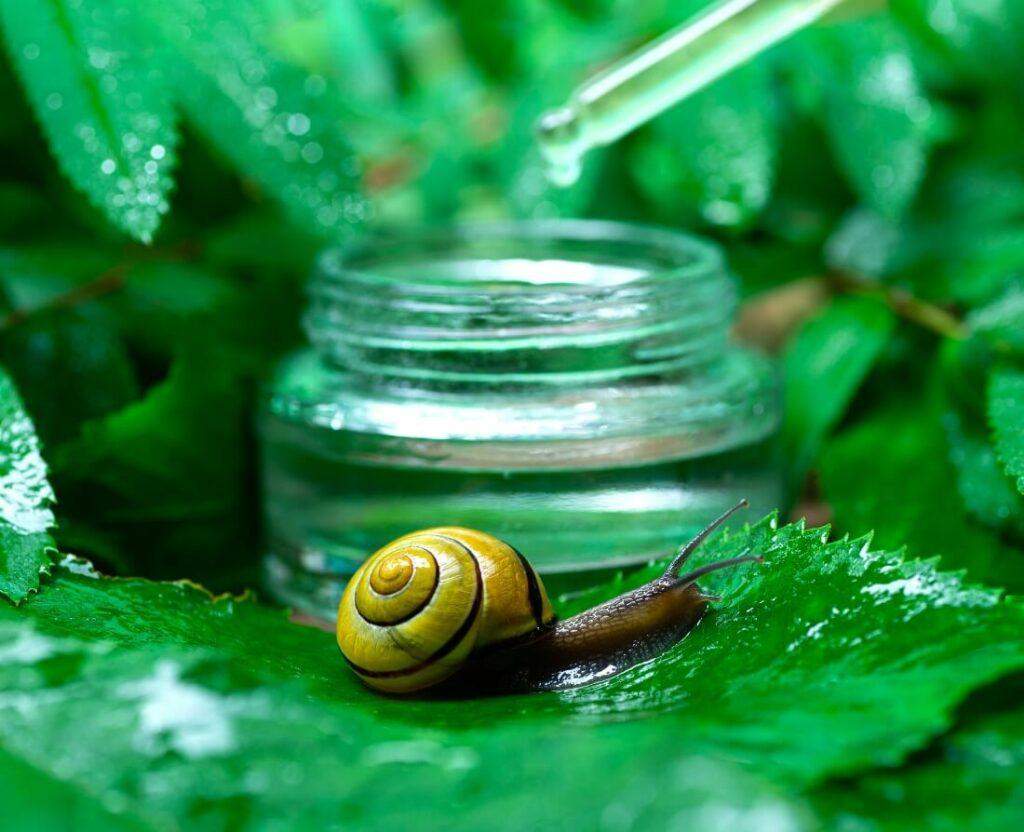
Snail Mucin has gained immense popularity in the Korean skincare industry. The sole ingredient itself is renowned for its anti-aging, hydrating, and soothing qualities!
Its benefits are extensive, including fading dark spots, promoting wound healing, plumping up fine lines, and boosting collagen production for firmer skin.
Rich in nutrients such as hyaluronic acid, glycoprotein enzymes, antimicrobial and copper peptides, and proteoglycans, Snail Mucin is an excellent addition to elevate your facial care routine.
Alpha Hydroxy Acid (AHA)
AHA works wonders by exfoliating and shedding dead skin cells from the surface, stimulating the skin’s cell renewal process. It effectively smooths out pigment spots, fine lines, wrinkles, and acne scars while also brightening and refining your skin’s texture.
Two most common forms of alpha hydroxy acids are glycolic acid and lactic acid.
Glycolic Acid
As a prominent and extensively utilized alpha hydroxy acid, Glycolic acid is typically derived from natural sources like sugar cane and pineapple and, surprisingly, from snail slime too.
This highly effective AHA serves as both a chemical exfoliant and a humectant. It helps to eliminate dead skin cells and reduce the appearance of scars, uneven textures, and aging signs such as fine lines and wrinkles.
Its exfoliating action aids in loosening the top layer of the skin and breaking down the bonds of dead skin cells, resulting in smoother skin texture and a brighter complexion. This process enhances the skin’s ability to absorb other treatments like ascorbic acid, retinol, or peptides more effectively.
Glycolic acid is highly recommended for individuals with acne and blackheads. It’s also ideal for those with a dull complexion caused by sebum and protein build-up clogging pores.
Lactic Acid
Lactic acid, a variant of AHA, stands out as a milder alternative to glycolic acid. This gentler nature makes it suitable for those with dry or sensitive skin, as well as for individuals prone to irritation.
Like other alpha hydroxy acids, lactic acid provides broad exfoliating and skin-brightening benefits. Additionally, it contributes to skin hydration due to its humectant properties.
Green Tea
Green tea is celebrated for its antibacterial and anti-inflammatory qualities. As one of top ingredients of Korean anti-aging skincare, it effectively soothes skin irritation, reduces redness and swelling, and treats acne while cleanses pores.
Packed with high levels of polyphenols, this natural ingredient offers natural sun protection. It plays a significant role in lessening oxidative stress and inflammation, slowing down premature aging, and helping to reduce the appearance of sagging skin and wrinkles.
Research highlights the potent antioxidant properties of green tea, which shield the skin from free radical damage and minimize cellular harm caused by sun exposure. For enhanced protection, it’s advisable to pair green tea-infused skincare with regular sunscreen use.
Join us on an exciting journey to explore the vibrant world of Korean lifestyle – from the latest beauty tips to the hottest tech and so much more on Facebook, Twitter, LinkedIn, and Flipboard.



